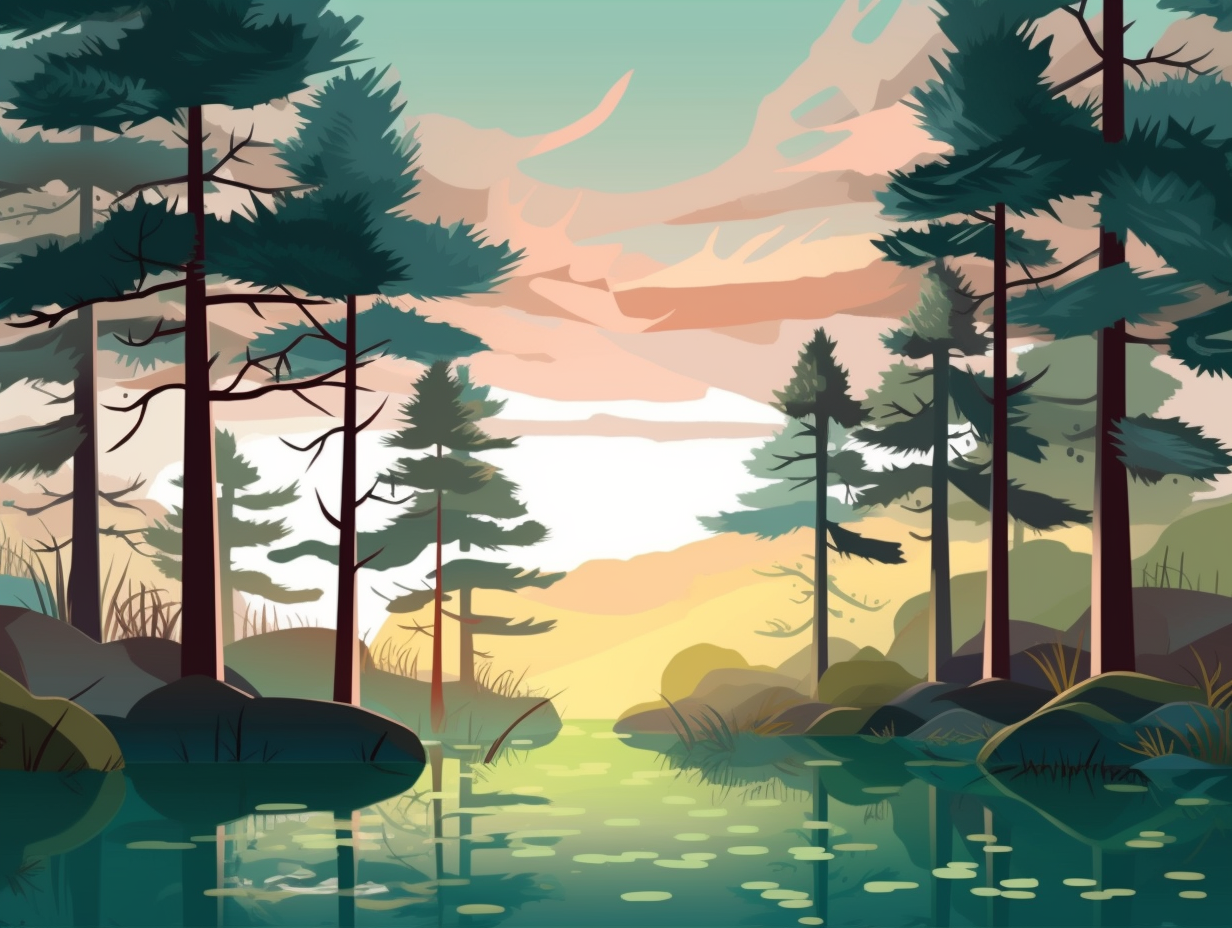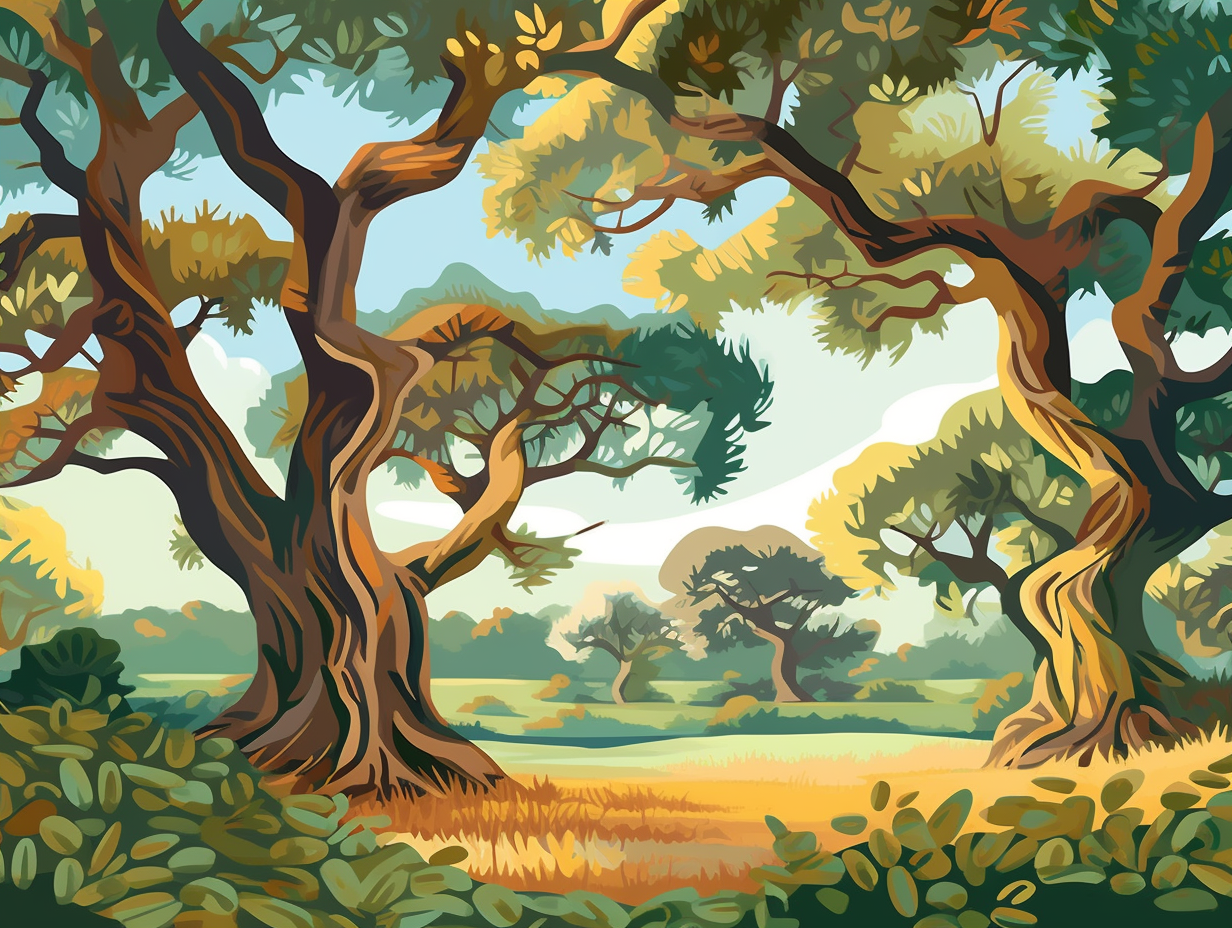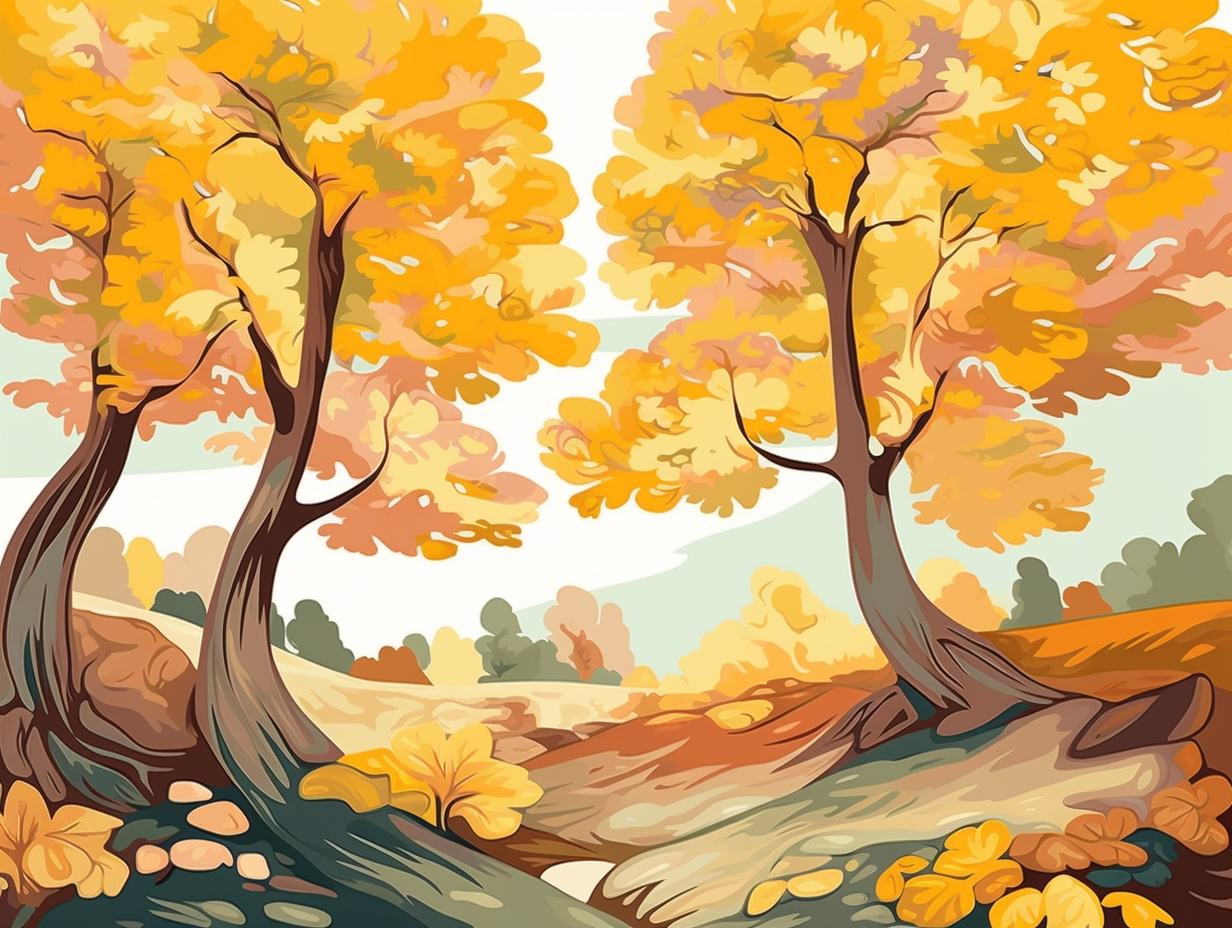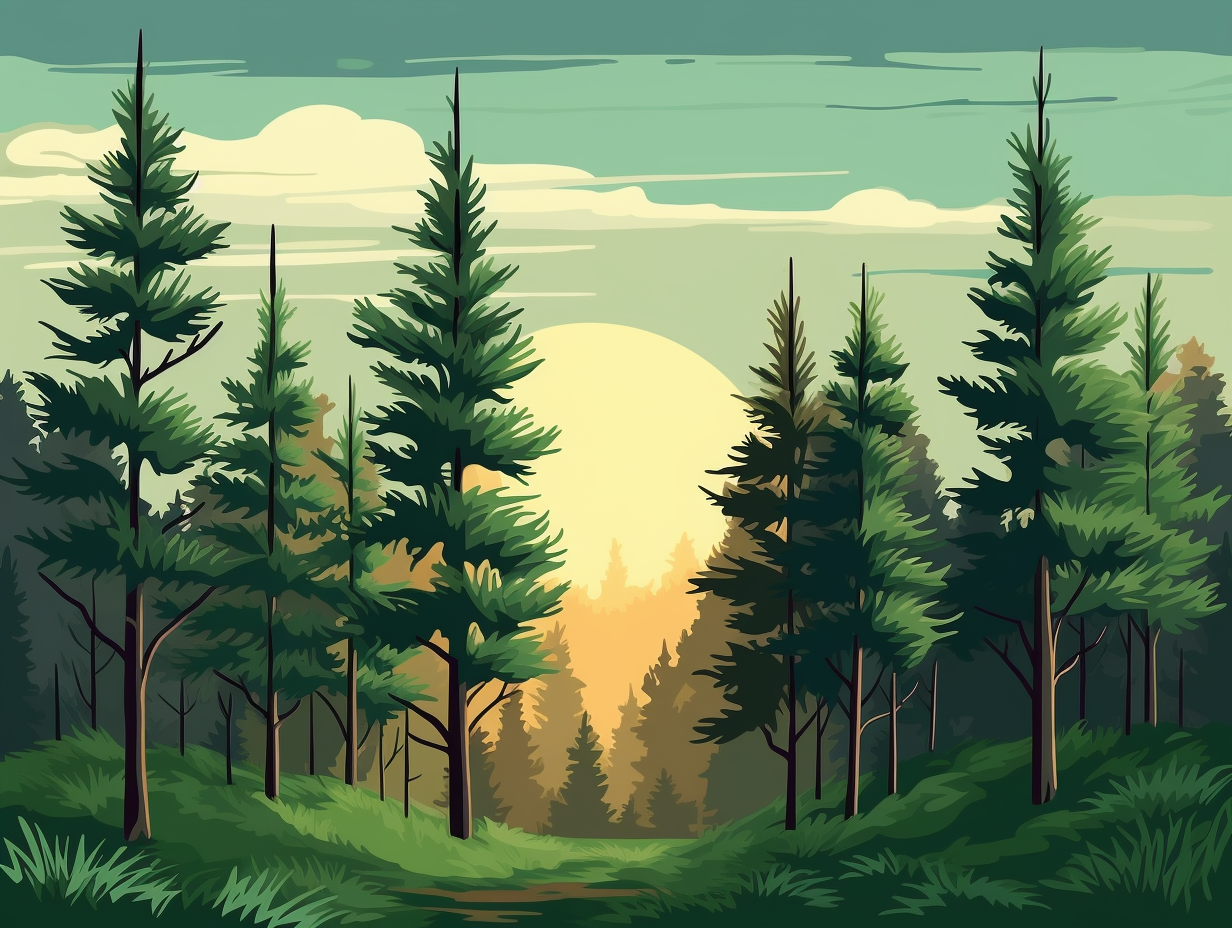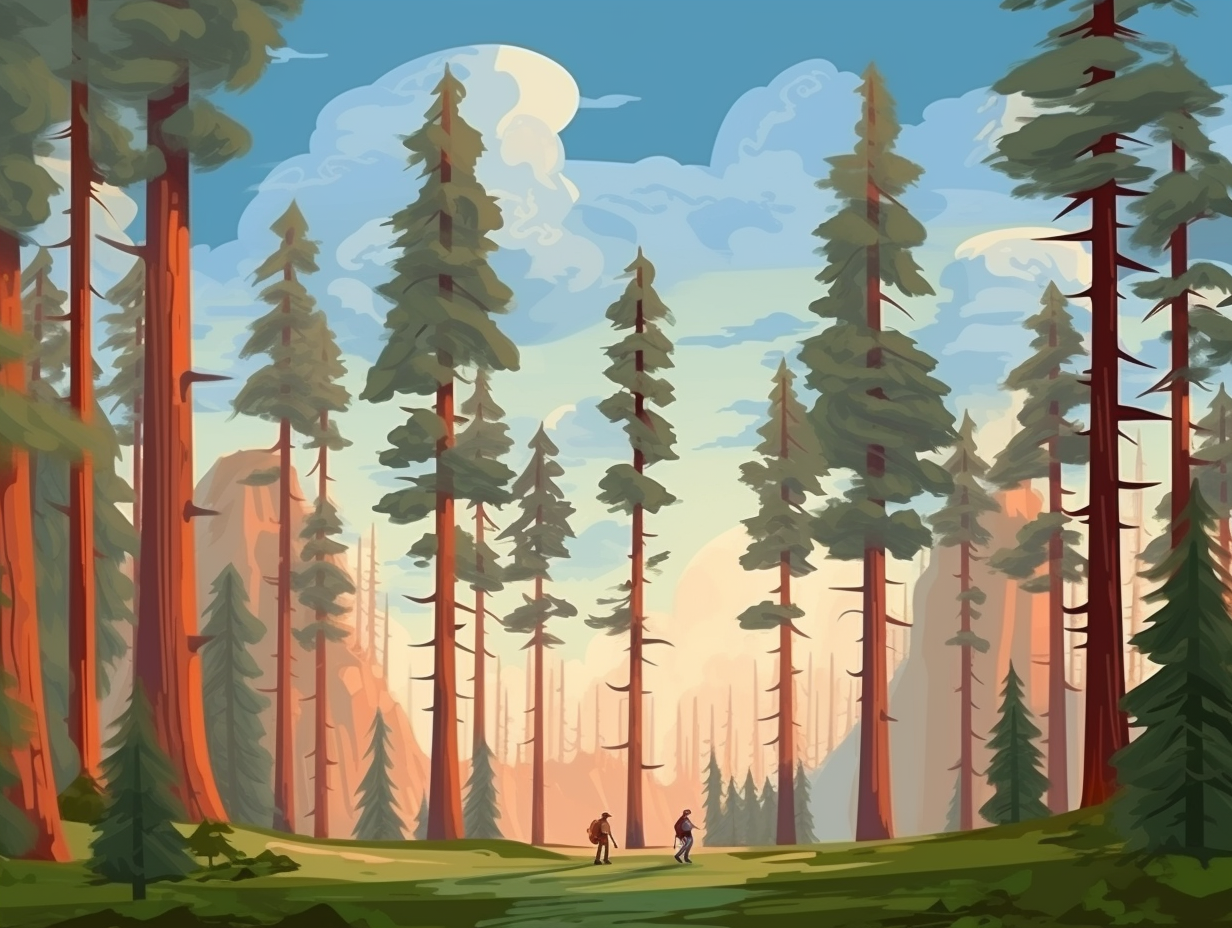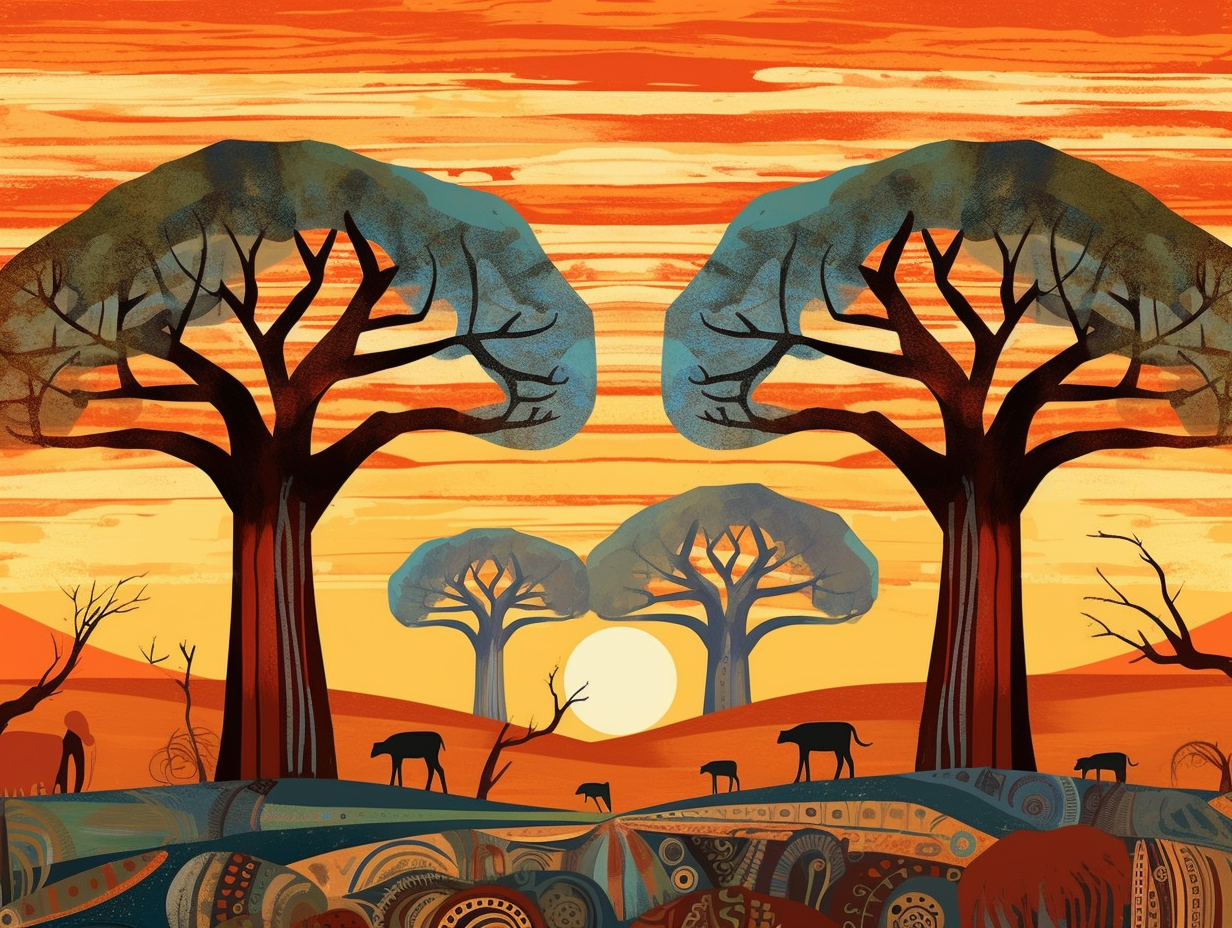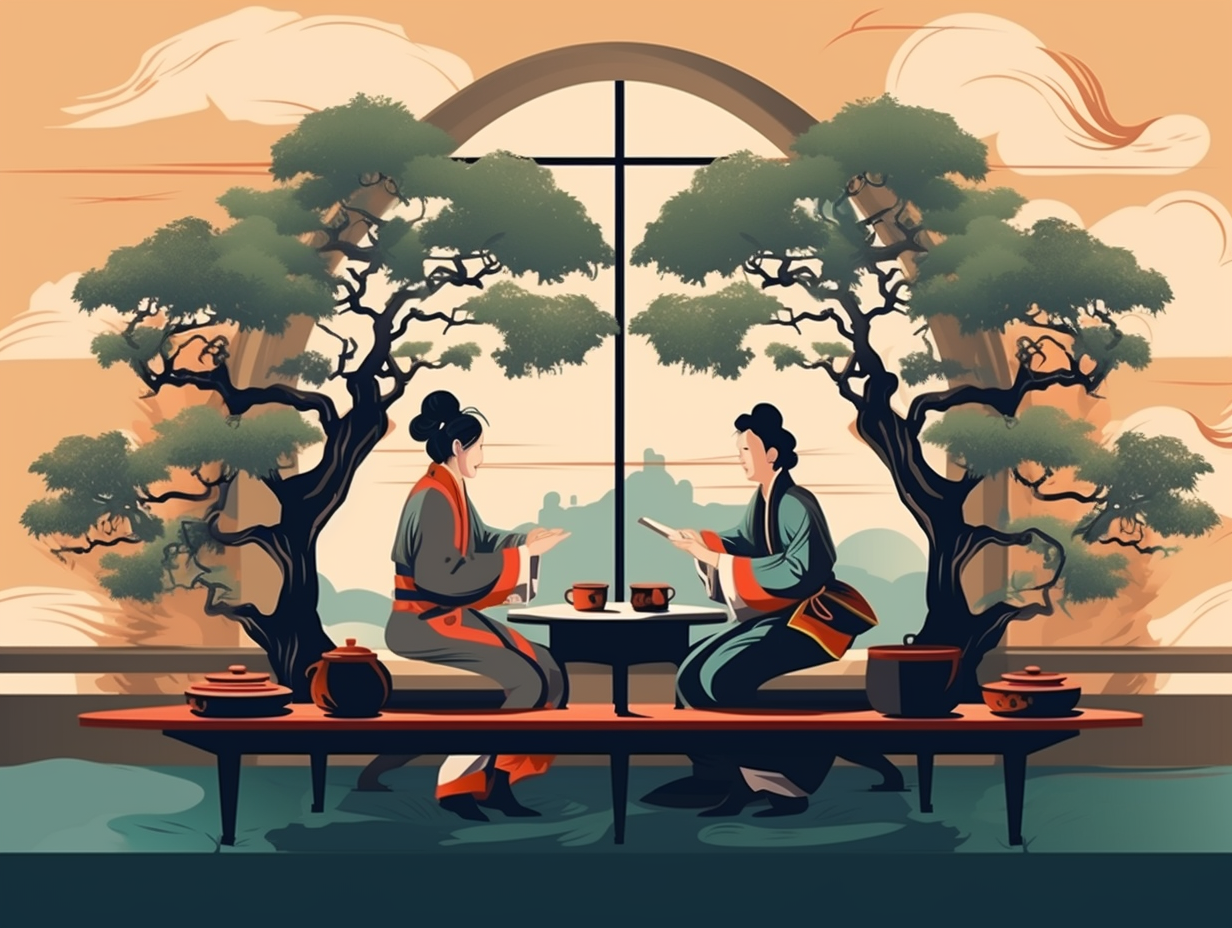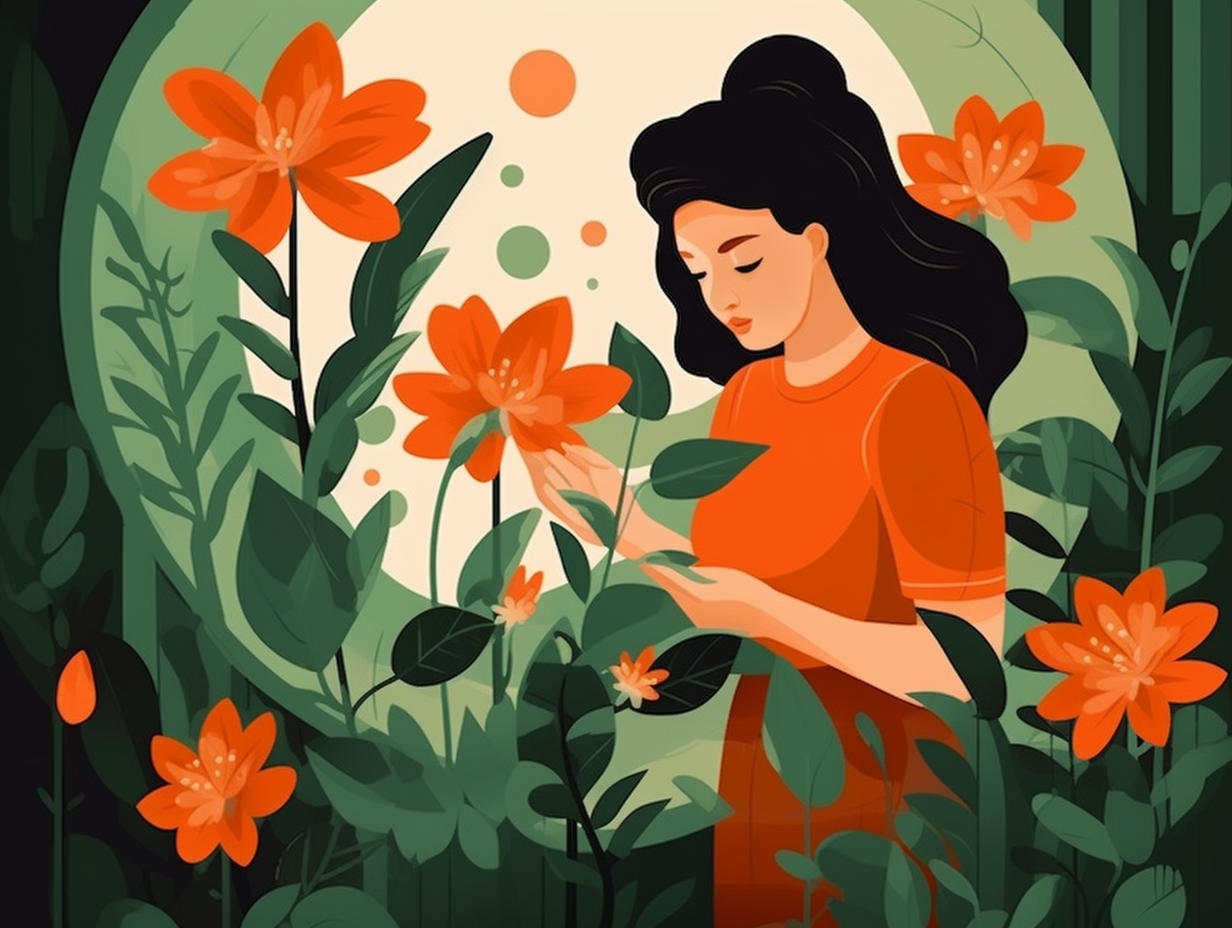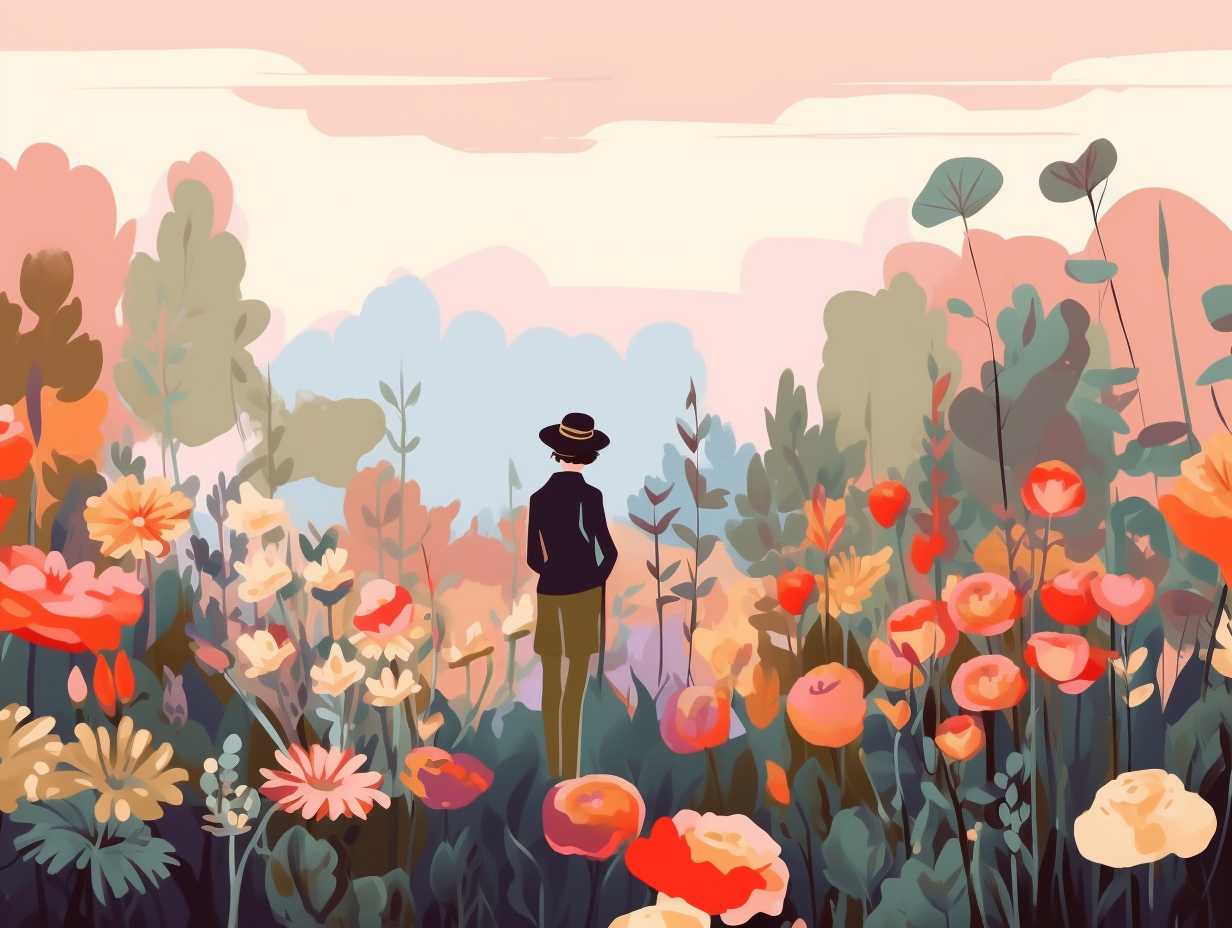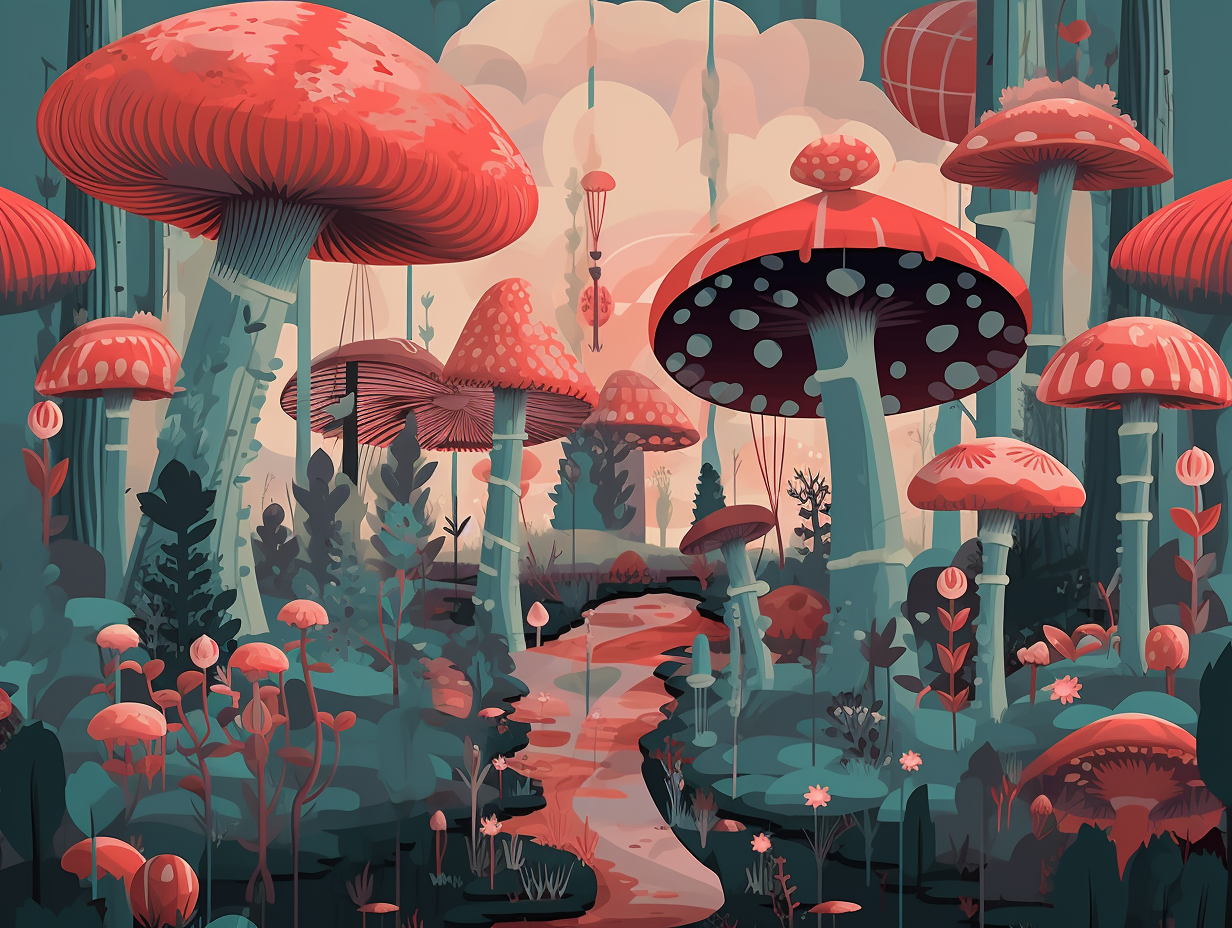Discover the Forest Wonders: Top 20 Fascinating and Fun Facts About Trees
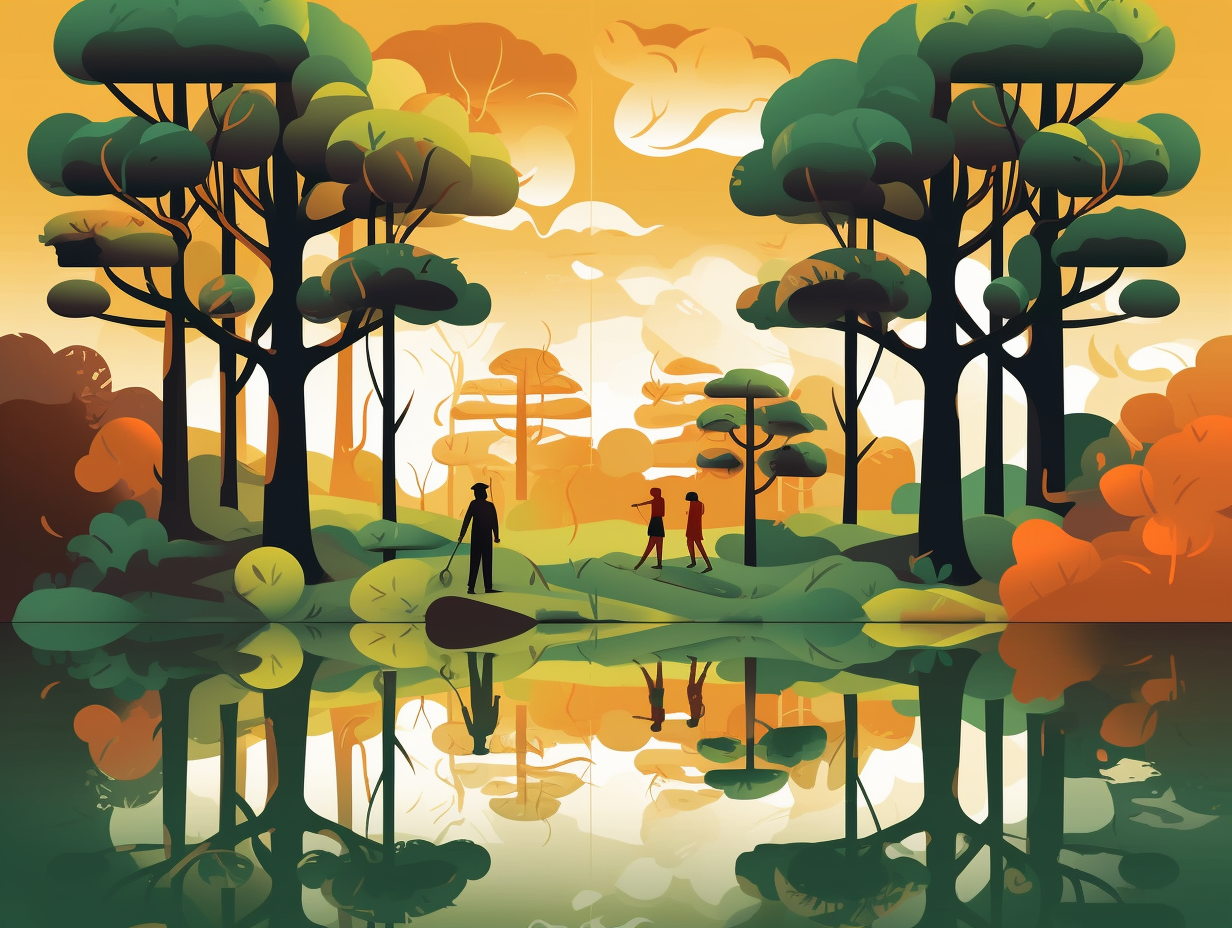
1. Trees' Social Networking
Trees must have been the original pioneers of networking: they've been forming connections and sending out friend requests via their very own "wood wide web" since the dawn of time! Seriously though: through interconnected root systems and mycorrhizal networks, trees are capable of communication and forming bonds with trees of the same species, exchanging nutrients and even sending warnings about potential dangers like invasive species.
Source => sitn.hms.harvard.edu
2. Maple Syrup Party
Imagine if trees threw a raucous party and, instead of a keg, they tapped a barrel of syrup: Introducing the world of maple syrup production, where it takes 40-50 gallons of raw sap from a tree to yield just one gallon of delicious syrup, with Eastern North America holding the exclusive title of syrup connoisseur, producing 4 million gallons in 2019 alone!
Source => sleepingbeardunes.com

Did you know that some plant leaves, like Selaginella, create their own color-shifting light show thanks to Mother Nature's groovy designs? Discover the science behind nature's mood lighting! 🍃✨
=> Fun Facts about Leaves
3. California's Ancient Sequoias
Listen up, tree-huggers and history buffs, because we're about to give you a tree-mendous reason to branch out and head to California: Some giant sequoias, the oldest living things on earth, have been kickin' it for over 3,500 years! Thanks to growth rings on fallen or cut trees, scientists can estimate these colossal arboreal seniors were already centuries old when human civilizations first sprouted up, and they're still going strong in the Golden State's national parks today.
Source => nps.gov
4. Carbon-hungry Old Trees
Knock on wood, Mother Nature's got a carbon-hungry secret weapon up her bark! In the green corridors of North America's Pacific coast, age is just a number for our tall, old tree friends: Research reveals that these centuries-old carbon gobblers continue to devour more carbon dioxide as they grow older, outpacing their younger leafy brethren and playing a valuable role in the battle against climate change.
Source => news.mongabay.com

5. Tree Survival Strategies
Did you ever wonder if trees secretly held tree union meetings to discuss strategies for their own preservation? Well, we may never know for sure, but their master plan to survive the sands of time is surely impressive: The cunning bristlecone pine tree, for instance, clocks in at a staggering 5,000 years as one of the oldest living organisms on Earth, and our leafy comrades strategically ditch their foliage in autumn to save energy and moisturize during the callous winter months. Now that's tree-mendous!
Source => forestryandland.gov.scot
6. Tropical Trees' Hydration
When thirst hits and there's no bottle of Evian in sight, these tropical trees could give even a camel a run for its money: Bottle trees like Caricaceae and Jacaratia have massive, swollen trunks that store water, boasting non-lignified wood and low density, while tree succulents and Moringaceae also stay well-hydrated in tropical dry forests, vital for the ecosystem's survival.
Source => researchgate.net
7. Redwood Forests' Information Exchange
Move over, Internet! It's time for the "wood wide web" to take center stage: In a redwood forest, mycorrhizal fungi form a partnership with the trees by fusing their mycelium with the shallow root system of the redwoods, creating a nutrient and information exchange system that allows ancient trees to help nourish their young saplings.
Source => nps.gov
8. Tree Mating Mixers
Trees, the original swingers of the plant world, have quite the risqué lifestyles: they can be cosexual, monoecious, dioecious, or even polygamous, with some species like red maple and black ash boasting all-male, all-female, or mixed-gender flower parties on their branches!
Source => newswire.caes.uga.edu
9. Autumn Fashion Runway
Leaves must be painting with all the colors of the wind this autumn, forming a natural kaleidoscope in our forests: Species like oaks showcase red, brown, or russet hues, hickories boast golden bronze, aspen and yellow-poplar don golden yellow, dogwoods blush purplish red, beech trees prefer light tan attire, and sourwood and black tupelo trees don a crimson ensemble. Not to be outdone, each species also follows their own internal fashion calendar, with the timing of their color change being genetically inherited – guess mother nature has her own runway season!
Source => fs.usda.gov
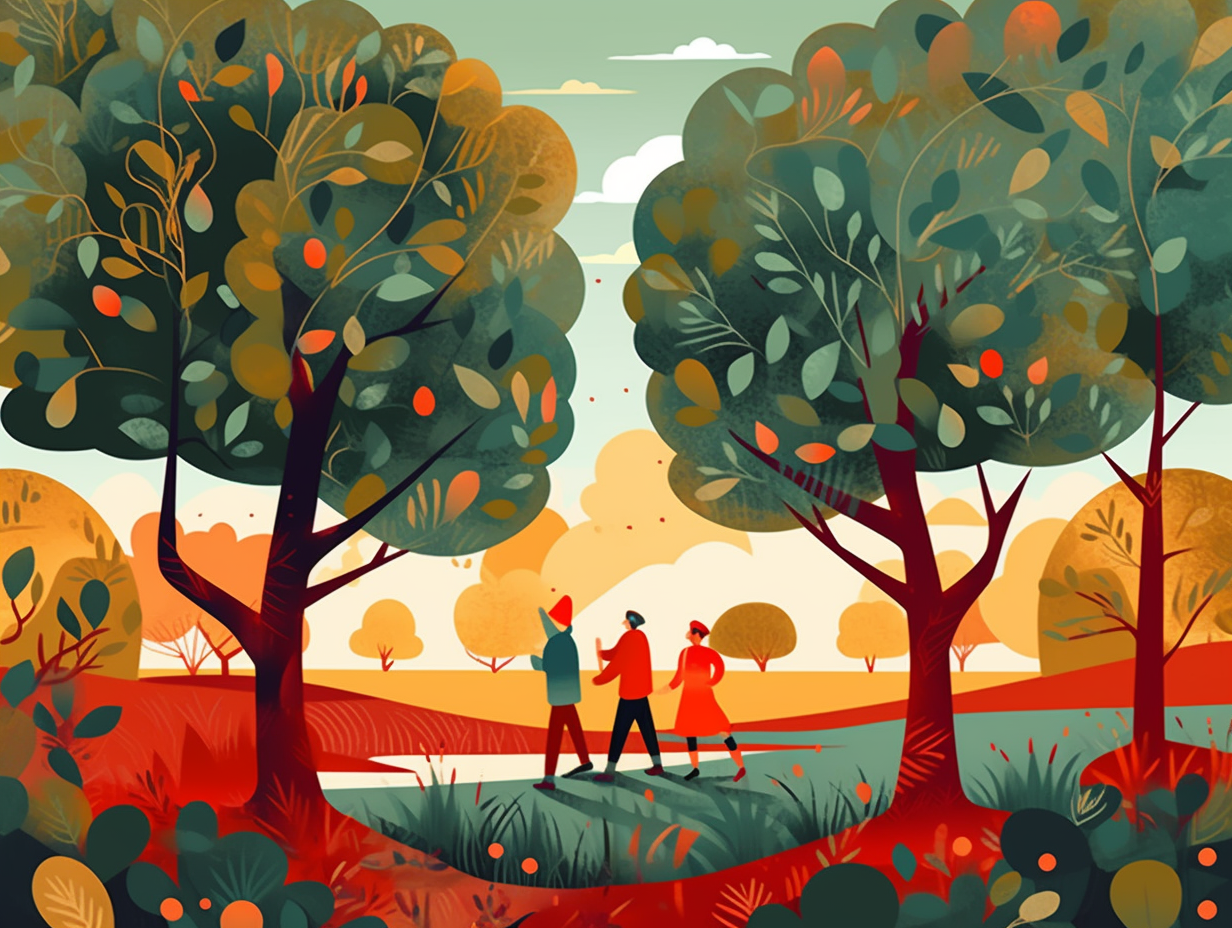
10. Tree Wax Protection
Leave it to trees to be into waxing long before we even thought about it: Cutin, a substance in tree cells, not only gives leaves their water-repellent powers, but also protects them from fungal and bacterial attacks through a waxy surface layer called the cuticle, made up of this impressive complex biopolyester.
Source => britannica.com
11. Windbreak Science
Whoosh goes the windbreaker, leaving skid marks in the sky: A windbreak with a density of 40-60% offers optimum wind speed reduction, effectively controlling soil erosion, but those with 80% or more density suffer from leeward turbulence, compromising their wind-blocking prowess beyond 8H.
Source => nfs.unl.edu
12. Pollution-fighting Poplars
Poplar trees have been hitting the gym and gaining some new environmental cleaning superpowers: Transgenic poplar trees have been engineered to break down pollutants, like trichloroethylene (TCE), 45 times more efficiently than regular poplar trees. When grown hydroponically, they can remove as much as 91% of TCE within a week and are capable of degrading hazardous pollutants from water and air, such as benzene and chloroform. These buff trees can be harvested before seeds even form, ensuring their enhanced genes stay contained.
Source => nih.gov
13. No Choking Trees, Please
Much like a corset-wearing Victorian lady gasping for air, trees also need room to breathe if they want to keep standing tall: Tying a wire or cord around a tree trunk for an extended period can choke it by hindering sap flow and damaging its bark, while using an eyelet or hook is a non-lethal, arboretum-approved method for attaching things to our leafy friends.
Source => laidbackgardener.blog
14. Wind-pollinated Love Letters
Think oakwood colognes and cedar air fresheners are simply nature's perfume? Think again, because trees have been hijacking the airwaves for millennia with their wind-pollinated love letters: Hidden behind the veil of inconspicuous flowers, about 12% of the world's flowering plants, including many trees like conifers, employ wind pollination to spread their pollen far and wide, ensuring their reproduction without the need for flashy petals or sweet scents. But beware, allergy sufferers – this tactic is why they often leave us sneezing and wheezing!
Source => fs.usda.gov
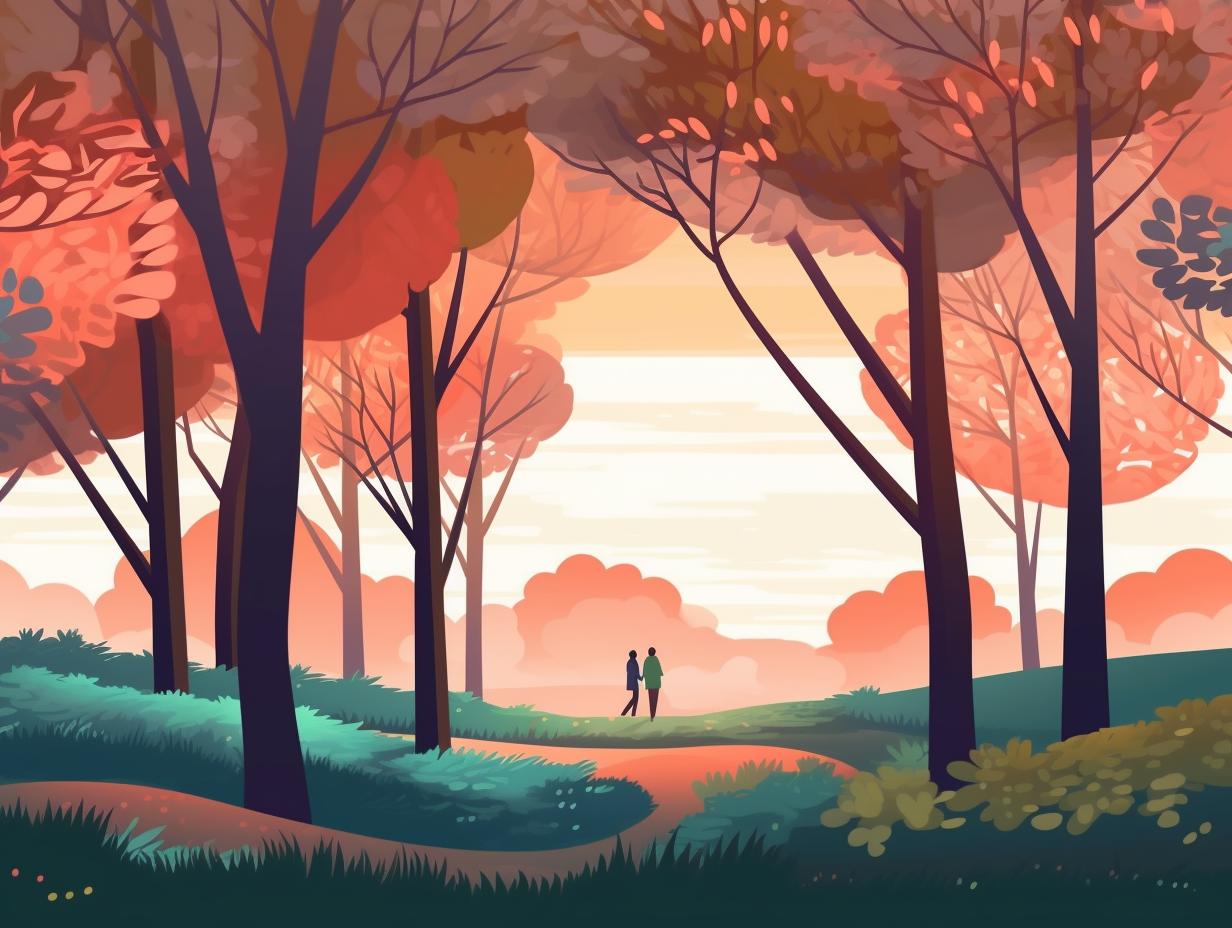
15. Sunburned Trees
Whoever thought sunburn was just a matter of humans and aloe vera never consulted a tree! It seems even our leafy friends can't escape the burning wrath of a hot summer day: Trees, especially young ones with thin bark, can suffer from sunburn caused by excessive solar radiation. This can lead to discoloration, cracking, and peeling of the bark, making them susceptible to wood-boring pests and decay fungi, ultimately contributing to their decline and premature death.
Source => ipm.ucanr.edu
16. Beavers and Cottonwoods
Beavers, the hipster tree connoisseurs of the animal world, have a penchant for cottonwoods with low tannin content – much like humans preferring their craft beers without too much bitterness: Scientists have discovered a gene that controls tannin levels in cottonwood trees can influence the dominant trees within a beaver community, and consequently alter the species composition of an entire ecosystem, all while protecting the trees from bacterial and fungal infections.
Source => fs.usda.gov
17. Trees' Breezy Symphony
Forget calling the wind Mariah—it's time to dub it Mozart! Trees have been treating us to nature's own symphony, with leafy compositions flowing through the breeze: When wind passes through trees' leaves and branches, they create a calming sound known as psithurism, a phenomenon that varies by tree type, foliage, and season. Renowned naturalists such as John Muir and Henry David Thoreau were particularly enchanted by pine trees' wind music—believed to alleviate anxiety and clear the mind.
Source => awatrees.com
18. Decomposer Food Buffet
Trees might as well have been moonlighting as maître d's for fungi and bacteria all this time, graciously serving nutrients to the forest's tiny patrons: When trees die, they turn into a nutrient-rich feast for decomposers, breaking down dead plant matter and releasing carbon, nitrogen, and phosphorus back into the soil to rejuvenate the forest's ecosystem like a thriving all-you-can-eat buffet for plants.
Source => snexplores.org
19. Wisdom of Ancient Trees
If ancient trees could talk, they'd probably say "You millennials have no idea about the real ice age!" : The bristlecone pine, surviving for several thousand years, holds the record as Earth's longest living organism, with its growth rings offering invaluable knowledge about our planet's environment and climate history.
Source => scied.ucar.edu
20. Tallest Tree vs. Statue of Liberty
Talk about reaching for the stars: the world's tallest tree, the coast redwood, can outgrow the Statue of Liberty at a staggering 379.7 feet tall! This towering neighbor resides among its fellow coniferous contemporaries, like the giant sequoia and bristlecone pine, in forests where needles rule and leaves drool.
Source => education.nationalgeographic.org
Related Fun Facts

